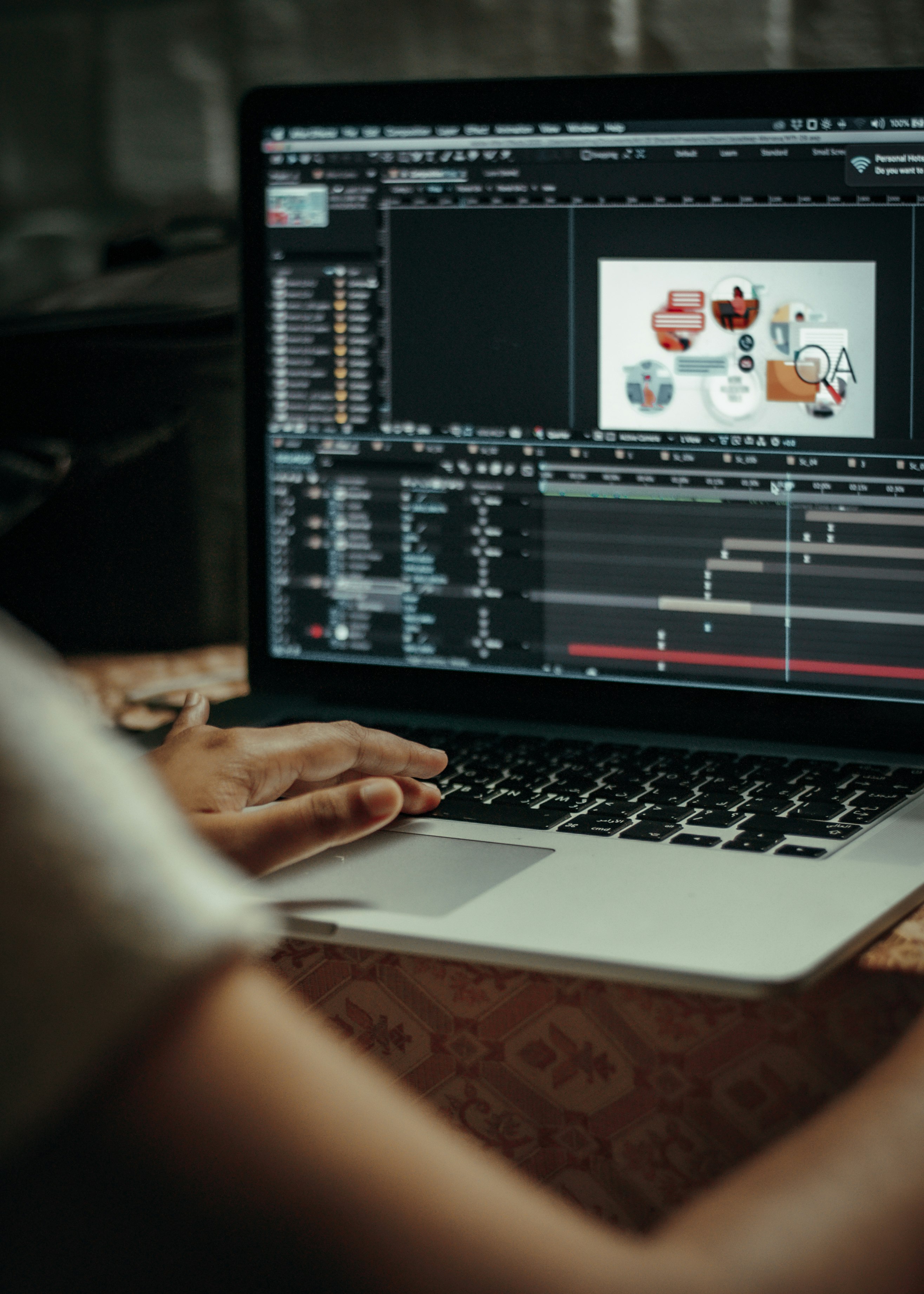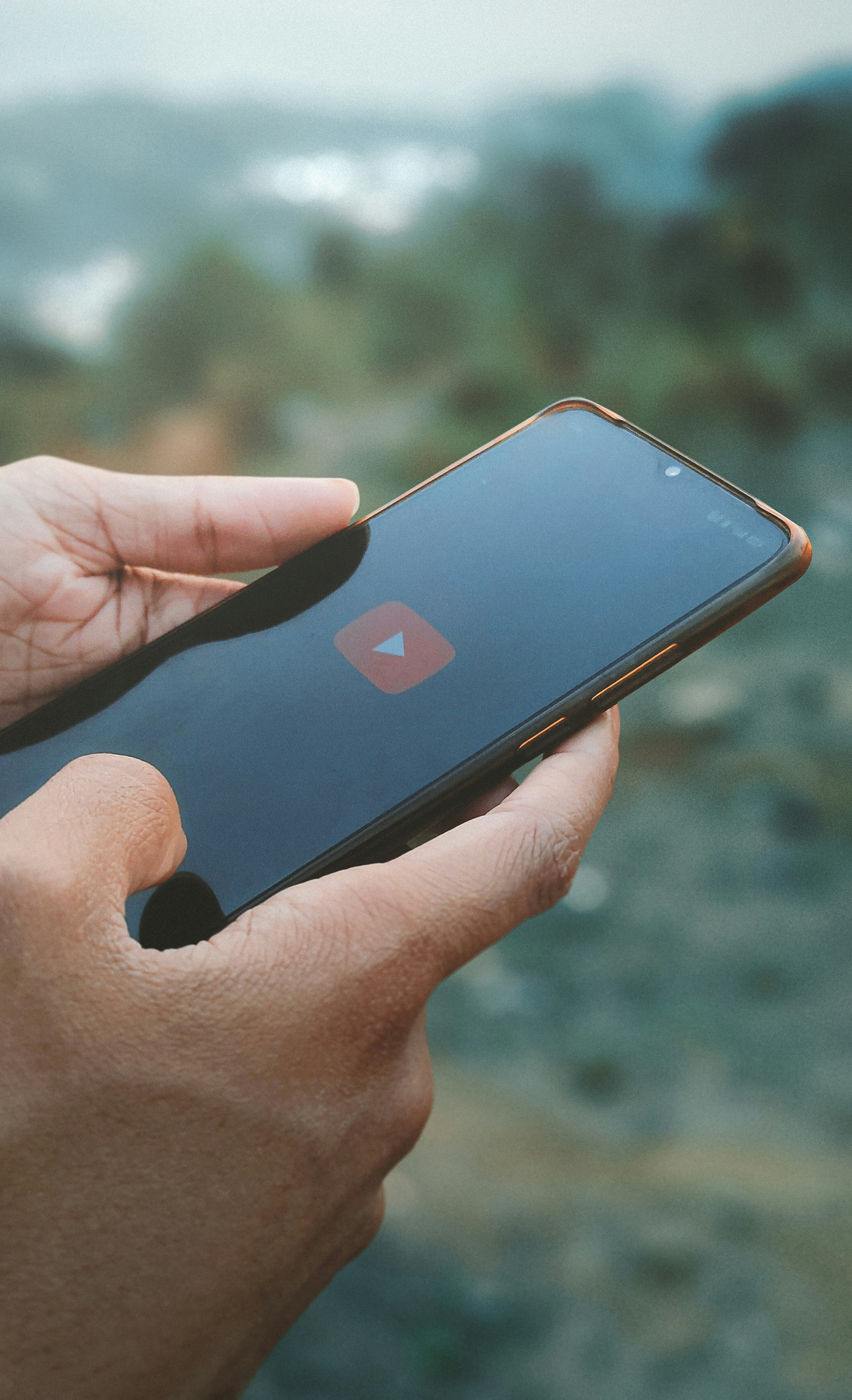How to Talk to Your Motion Designer
Hello everyone, and welcome to the first article in our series, “How to Talk to Your Motion Designer”. We’re going to dive right into the world of motion design, and by the end of this article, you’ll be able to discuss your ideas with your motion designer with confidence. Let’s start with the basics by exploring some common types of motion.
The Moves
Motion design is all about, well, movement. Here are some basic types of motion you can request from a motion designer:
Linear: This is the simplest type of motion. It’s like driving in a straight line from point A to point B at a constant speed. No fancy stuff here, but sometimes simplicity is key.
Easy Ease: This type of motion starts and ends slowly, but speeds up in the middle. It’s like a car that slowly accelerates, reaches its top speed, and then gently brakes to a stop.
Acceleration In and Acceleration Out: These are variations of Easy Ease. Acceleration In starts quickly and then slows down, while Acceleration Out starts slowly and then speeds up.
Bounce: This motion is just like it sounds. It’s a playful movement that mimics a bouncing ball. It can add a fun, energetic feel to your project.
Wiggle: This motion is unpredictable and organic. It’s like a leaf fluttering in the wind or a piece of paper floating to the ground.
Random: This type of motion is unpredictable. The movement doesn’t follow a specific path or rhythm, which can make for a dynamic and interesting animation.
These are very basic examples, but they’re a good foundation for starting a dialogue with your motion designer. Remember, your motion designer is an expert who knows how to polish these basic movements and tailor them to your project.
Applying Motion to Different Parameters
So far, we’ve talked about motion in terms of a move from left to right. But these types of motion can apply to every parameter of a design element, not just its position. You can apply these movements to the scale, rotation, opacity, and other properties of an element. It’s like having a whole toolbox full of different tools—you can use each one in different ways to build your project.
Examples in Scaling
To wrap up, let’s take a look at three examples of how you can apply these types of motion to the scale of an object:
These are just a few examples of how you can use motion in your design projects. Remember, the possibilities are endless! So go ahead, have a chat with your motion designer, and see where your ideas can take you.
In the next article in this series, we’ll dive deeper into the world of motion design. Until then, happy designing!








